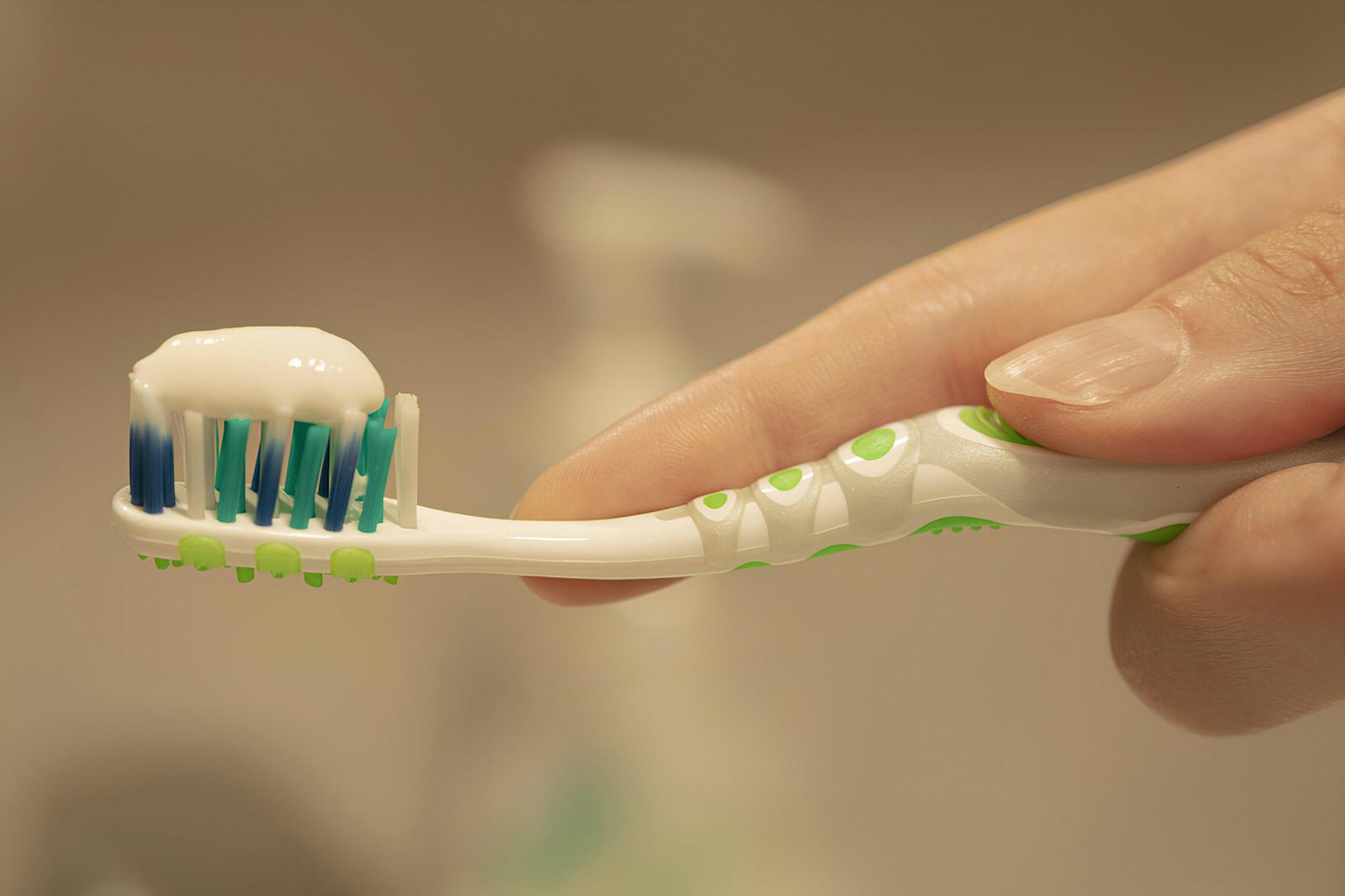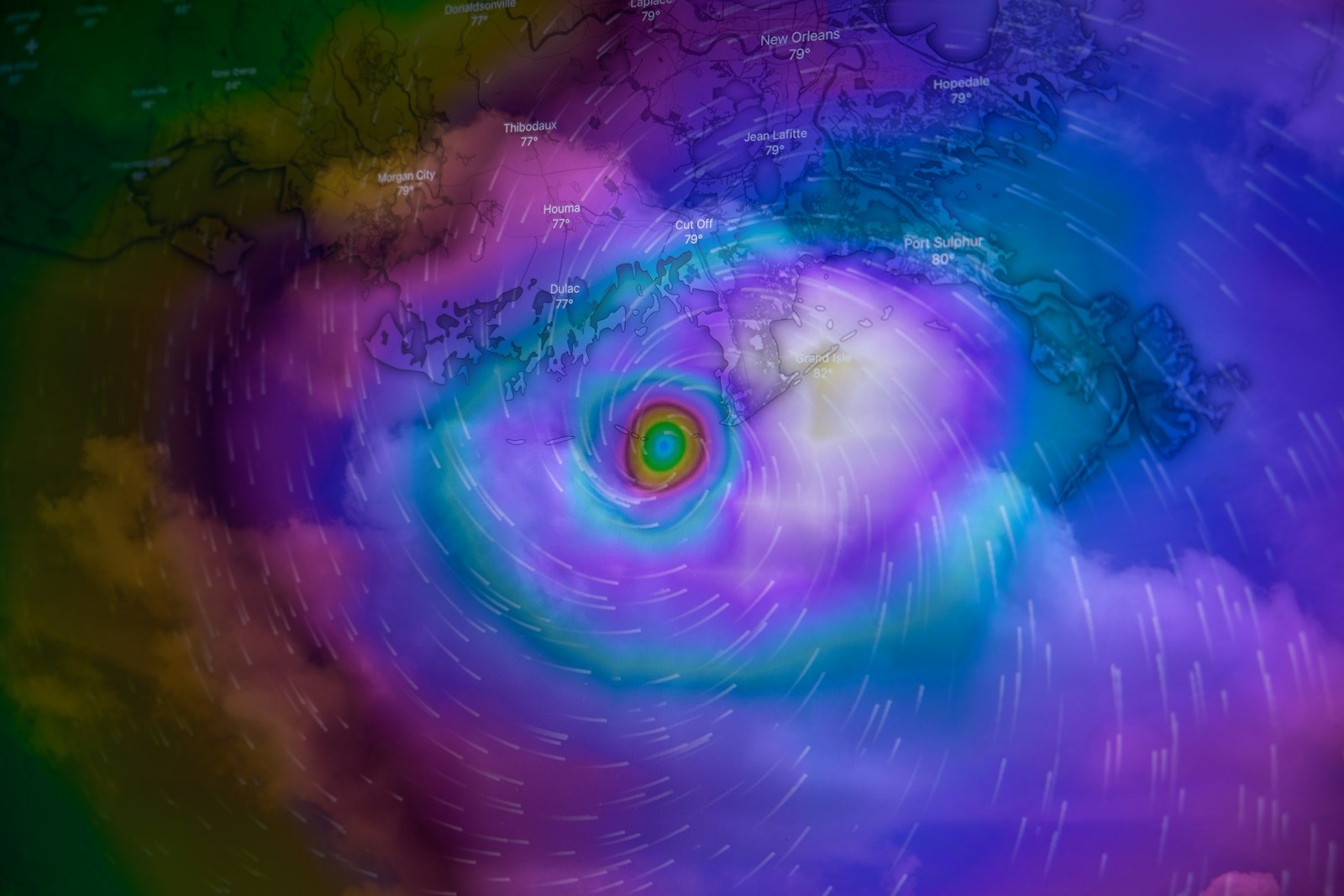Table of Contents
ToggleThe Alarming Link: Microplastics and Brain Inflammation
Recent studies have uncovered a concerning association between microplastics and inflammation in human brain cells. Evidence suggests that these ubiquitous fragments can trigger an inflammatory response in the brain. Particularly, weathered microplastics have been found to be more toxic to brain cells compared to their fresh counterparts.
Weathered Microplastics: A Greater Toxicity
Microplastics are tiny fragments shed by plastic products throughout their lifecycle. Exposed to environmental elements like rain, wind, and sunlight, these fragments undergo changes in shape and structure before reentering living bodies. Research indicates that weathered microplastics induce a more severe inflammatory response in the brain than fresh microplastics.
Microglia: Guardians of the Brain
Microglia, the immune cells of the brain, play a critical role in identifying and eliminating foreign substances. Accumulation of microplastic particles in microglia suggests potential implications for brain health.
Unveiling the Impact: Weathered Microplastics vs. Brain Cells
To understand the effects of weathered microplastics on brain cells, researchers conducted experiments using mice and human microglia. Feeding mice weathered microplastics resulted in increased levels of inflammatory particles in their blood, accompanied by cell death in the brain. In human microglia, weathered microplastics altered protein expression involved in energy production and increased concentrations of proteins associated with brain cell death.
Sunlight’s Role: How Weathering Affects Microplastics
Sunlight plays a significant role in the increased toxicity of weathered microplastics. Exposure to sunlight causes changes in the properties of microplastics, such as increased surface area and altered chemical bonds. These changes make the microplastics more reactive and likely to induce an inflammatory response in brain cells.
Accelerated Weathering Process: Neurotoxicity Unveiled
Researchers have identified an accelerated weathering process that transforms plastic fragments leaked into the environment into secondary microplastics. These secondary microplastics act as neurotoxic substances, leading to increased inflammation and cell death in the brain.
Implications for Human Health: Microplastics and Brain Tissue
While the experiments conducted so far have been in controlled laboratory conditions using mice and human tissue samples, the findings strongly suggest that microplastics do impact brain health. Further research with larger sample sizes and realistic microplastic concentrations is necessary to confirm these initial findings and better understand the long-term effects of microplastic accumulation.
Urgent Need for Further Research
Given the increasing production of plastics and the potential health risks associated with microplastics, it is crucial to prioritize further research on their effects on the brain. Long-term studies reflecting real-world environmental conditions are necessary to fully comprehend the risks posed by microplastic exposure.
Plastic Production and Environmental Concerns
The exponential rise in plastic production, supported by government subsidies, poses significant environmental concerns. As research uncovers the potential health risks of microplastics, there is an urgent need to reevaluate plastic production, usage, and disposal practices.
Shifting Paradigms: Rethinking Plastic Usage and Disposal
In light of the emerging evidence, it is clear that immediate action is required to address the production, usage, and disposal of plastics. Governments, industries, and individuals must collectively take steps to reduce plastic waste and explore sustainable alternatives. By addressing this issue, we can protect both our environment and brain health.
Conclusion
In conclusion, the growing body of research linking microplastics to inflammation and cell death in human brain cells raises concerns about our brain health and the environment. Understanding the toxicity of weathered microplastics and their impact on brain cells is crucial for developing effective strategies to mitigate these harmful effects. It is imperative that we take action now to protect our brain health and work towards a cleaner and healthier future.







